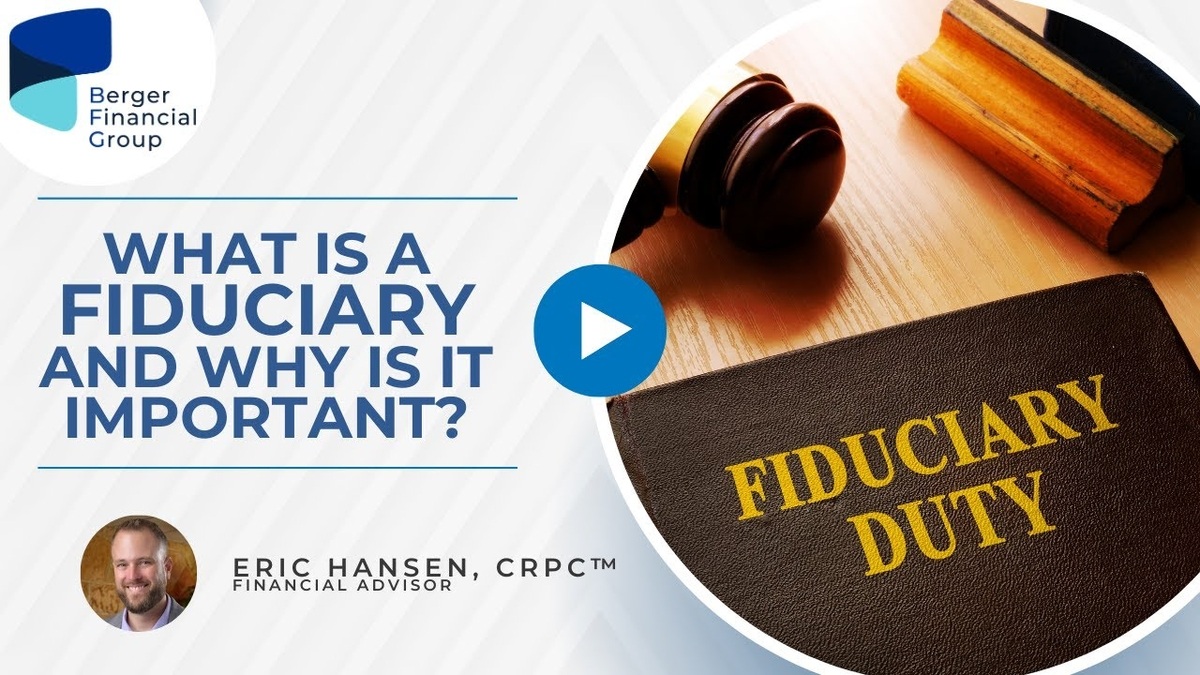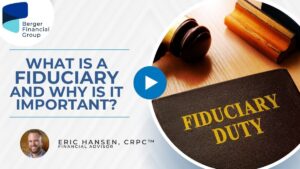Tariffs often make headlines for their political and economic implications, but their ripple effect can be deeply felt in retirement portfolios. Sudden market swings, shifts in global trade, and rising input costs all contribute to volatility. As financial advisors, we frequently help clients decide when and how to adjust their retirement portfolio amid tariff-induced fluctuations. These decisions should be grounded in strategy, not emotion, and designed to support your retirement goals regardless of market noise.
How Tariff News Triggers Market Volatility
Global trade policy can move markets quickly. When new tariffs are announced or trade agreements are threatened, investor sentiment shifts. Stocks, especially in manufacturing, agriculture, and consumer goods, can experience sharp declines or rallies based on perceived winners and losers.
We closely monitor how these events impact both U.S. and international markets. Our priority is helping clients respond constructively rather than react impulsively. Rather than reacting to short-term fluctuations, we focus on strategies that align with long-term goals, including how to plan for retirement during periods of market turbulence. Maintaining a steady investment approach helps protect your portfolio from volatility and ensures future financial security.
Managing Client Portfolios Through Volatility
Volatility is not new to investing, but tariff-induced volatility brings a different layer of uncertainty. It’s often politically driven and hard to predict.
Staying Focused on Long-Term Objectives
We remind our clients that retirement planning is a marathon, not a sprint. Knee-jerk reactions to short-term headlines can derail long-term strategies. Instead, we help our clients stay anchored by:
- Reviewing their time horizon and risk tolerance
- Stress-testing portfolios for economic shocks
- Adjusting asset allocations where appropriate
- Avoiding emotional decisions during down markets
Volatility is an inherent aspect of investing. Understanding how to create a diversified portfolio is essential to managing risk effectively. With a thoughtful strategy and professional guidance, you’ll confidently navigate challenging markets and protect your long-term retirement goals.
The Importance of Proper Asset Allocation
One of the most effective ways to adjust your retirement portfolio amid tariff-induced fluctuations is by maintaining an asset allocation aligned with your risk profile.
Aligning Allocation With Your Stage of Life
Asset allocation refers to how your investments are divided among stocks, bonds, and other asset classes. As you approach retirement, your ability to weather market dips declines. We work with clients to:
- Shift gradually from equities to fixed income as retirement nears
- Rebalance portfolios annually to stay within target ranges
- Use tax-advantaged accounts to manage capital gains exposure
Proper asset allocation helps protect your nest egg from unnecessary volatility without sacrificing long-term growth.
Impact of Tariff-Driven Volatility on U.S. vs. International Markets
Tariffs don’t affect all markets equally. U.S. equities may respond differently from international stocks depending on which sectors or countries are targeted.
Diversifying Across Markets
By spreading investments across global markets, you reduce the risk of being overly exposed to any one economy. For example:
- U.S.-based tech and industry might feel more pressure during tariff disputes
- Emerging markets may benefit or suffer depending on commodity pricing
- Currency fluctuations may create opportunities or drag returns
We help our clients understand these dynamics and adjust accordingly without abandoning well-diversified global exposure. A globally diversified portfolio cushions against market swings caused by geopolitical developments.
The Role of Fixed Income in Portfolio Stability
Fixed-income investments, such as bonds and bond funds, should provide a steady income stream and can counter equity volatility.
How Bonds Help During Market Swings
Investors often shift toward safer assets during tariff-related uncertainty, pushing bond prices. This inverse relationship helps reduce overall portfolio volatility. We help clients integrate fixed income thoughtfully to:
- Provide income in retirement
- Limit downside risk
- Maintain a balance between growth and protection
Fixed income is not just for conservative investors. It’s a key pillar in resilient retirement planning.
The Benefits of Diversified Portfolios
Diversification spreads your risk across asset classes, industries, and regions. It’s one of the best tools to adjust your retirement portfolio amid tariff-induced fluctuations without overreacting.
Why Diversification Still Works
Diversified portfolios tend to recover faster and more smoothly after market shocks. Rather than focusing on specific sectors or market reactions, we assist clients in maintaining exposure to:
- U.S. and global equities
- Government and corporate bonds
- Alternative investments (where suitable)
- Tangible assets, such as REITs or commodities
A well-diversified portfolio is your best defense against unpredictable markets and political developments.
Take Action With Confidence During Market Shifts

You don’t need to overhaul your investments every time market headlines turn negative. Knowing when and how to adjust your retirement portfolio amid tariff-induced fluctuations is about staying disciplined and strategic. With proper asset allocation, global diversification, and guidance from a trusted advisor, you can remain on track toward your retirement goals, even in turbulent times.
If you’re unsure how tariff news may affect your investments, contact Berger Financial Group today. We’ll help you navigate volatility with strategy, not guesswork, because your retirement deserves a steady hand. Let us help you move forward with clarity and peace of mind.






